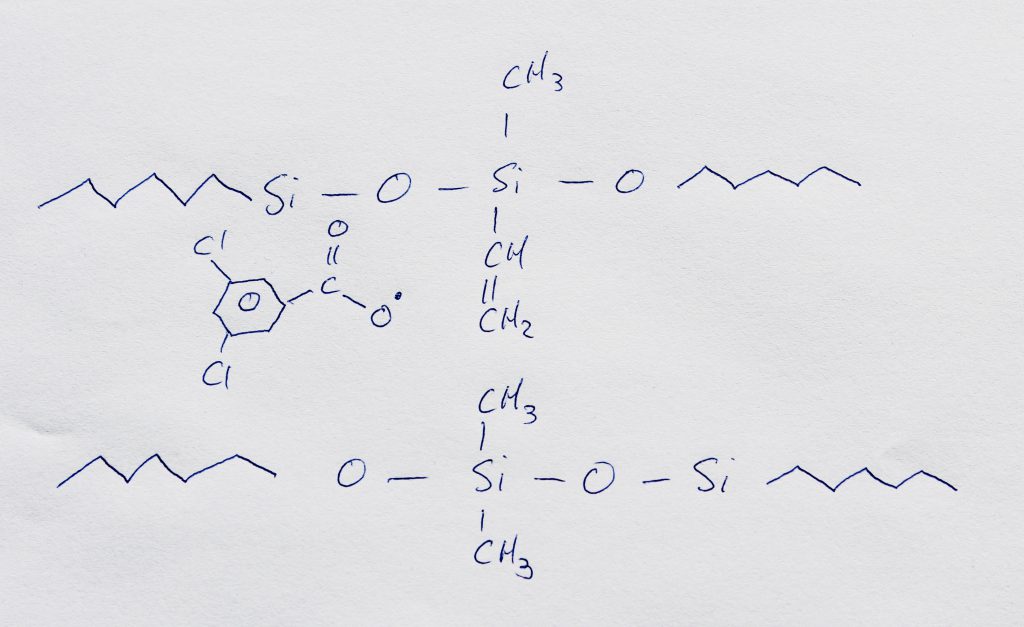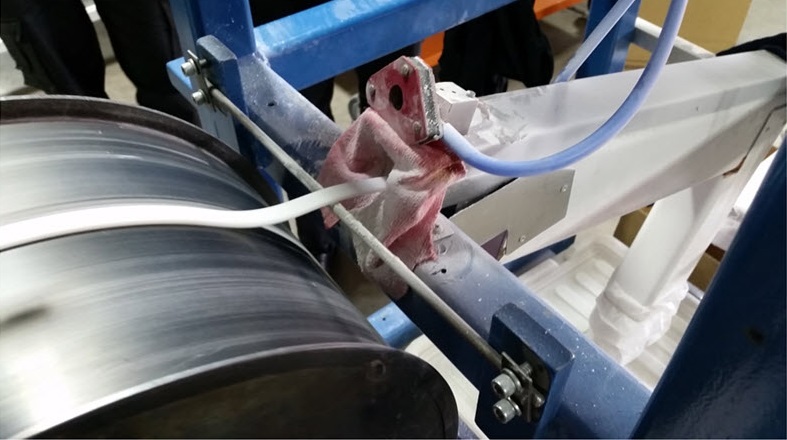Jehbco’s Silicone has a number of excellent properties, making it a good choice for many applications. Jehbco has many years of experience designing and manufacturing parts for a wide range of applications, from aircraft parts to food and medical tubing. One area where we have expertise is peristaltic pump tubing.
Peristaltic pumps are used in sensitive applications where fluid cannot be exposed to pump components. They are often used when the fluid must remain sterile (such as in medical applications), and when the fluid is very aggressive or corrosive. A peristaltic pump works by squeezing fluid through a flexible tube. The tubing must be able to withstand thousands of squeeze repetitions and also not react with or absorb the fluid being pumped. Jehbco’s medical grade silicone is an ideal material for peristaltic pump tubing.
Jehbco manufactures medical grade tubing from pure silicone. Our silicone is inert and non-absorbent, making it suitable for most medical fluids, acids, bases and many other chemicals. Furthermore, our silicone tubing can withstand the repeated squeezing that occurs in peristaltic pumps with minimum fatigue. Jehbco’s tubing meets pharmaceutical industry standards and is ready to install in pharmaceutical pumping applications.
Peristaltic pumps are just one of the many applications of Jehbco’s high-quality silicone products. For help with the design of your own application, review our website at www.Jehbco.com.au and contact our sales team with any questions.
Image Credit & Thanks: Wikipedia






